This article is from the WatchTime Archives and was originally digitally published in July 2022.
Rolex and Omega are renowned and admired for their dive watches. In direct comparison, which one of the two leading brands dives deeper, offers more value for the money and performs better?
The Submariner divers’ watch has been one of Rolex’s most popular models, and not only since its redesign in 2020. Omega has also renewed its popular Planet Ocean, Diver 300M and Seamaster 300 collections in recent years. But in what area can one brand overtake the other?
Selection
Rolex only has three dive watches in its lineup: the Submariner, the Sea-Dweller and the Deepsea. If you count the Submariner without date indicator as a separate model, then the total increases to four. In addition, there are only a few variations: the Deepsea is available with two different dials, while the Submariner is available in steel, gold and in a mixture of both, and with dials and bezels in various colors. Rolex’s collection of dive watches has a total of 12 variants. Strap variations or complications beyond time, date and rotating bezel cannot be found in the Rolex dive watch lineup.
Omega offers considerably more choice: the brand’s Dive Watches homepage currently lists 117 variants. The four collections — the Diver 300M, the Seamaster 300, the Planet Ocean and the Ploprof — offer cases in various sizes that are made from different materials, in addition to strap variations, diverse colors and additional functions. In addition to steel cases, there are also titanium cases and even ceramic ones in various colors. Omega also has something to offer in today’s popular retro style with the revised Seamaster 300. Rolex, on the other hand, changes the design of its models very slowly, but still keeps them up to date.
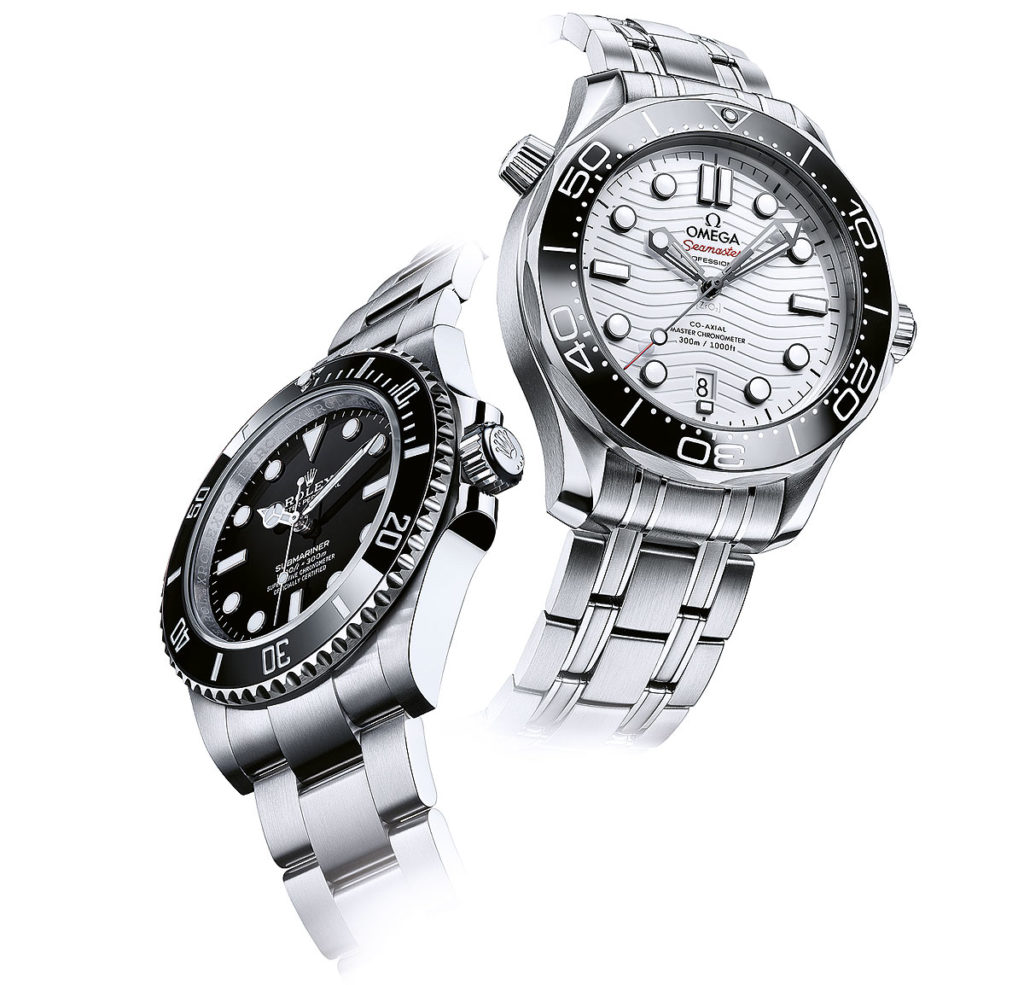
entry into the world of Omega’s dive watches: the Seamaster Diver 300M ($5,200)
Entry Point
Rolex’s entry-level dive watch, the Submariner without date indicator, sells for $8,100. Omega offers a less costly watch for divers: the Seamaster Diver 300M sells for $4,900 with a rubber strap and $5,200 with a stainless-steel bracelet. Moreover, the demand for the Submariner is so high that it’s difficult to get one from an authorized distributor.
Daily Wearer
The Planet Ocean and the Submariner Date are directly comparable. Both are watches that can be worn every day. While the Omega Planet Ocean starts at $6,200 in steel on a NATO strap, the Rolex Submariner Date costs $9,150 in Oystersteel on an Oyster bracelet, if you are lucky enough to get a chance to buy one. Omega’s model remains water resistant to a depth of 600 meters, while the Rolex makes do with 300 meters. The Omega also includes a helium- release valve and encases manufacture Caliber 8900, which can defy even the strongest magnetic fields, despite having a glass caseback.
Omega offers a significantly better price-performance ratio here. However, Rolex has been using the newer Caliber 3235 in its Submariner Date since 2020, so this model is likely to retain its value better than the Omega, which puts Omega’s initial price advantage in a somewhat different light.
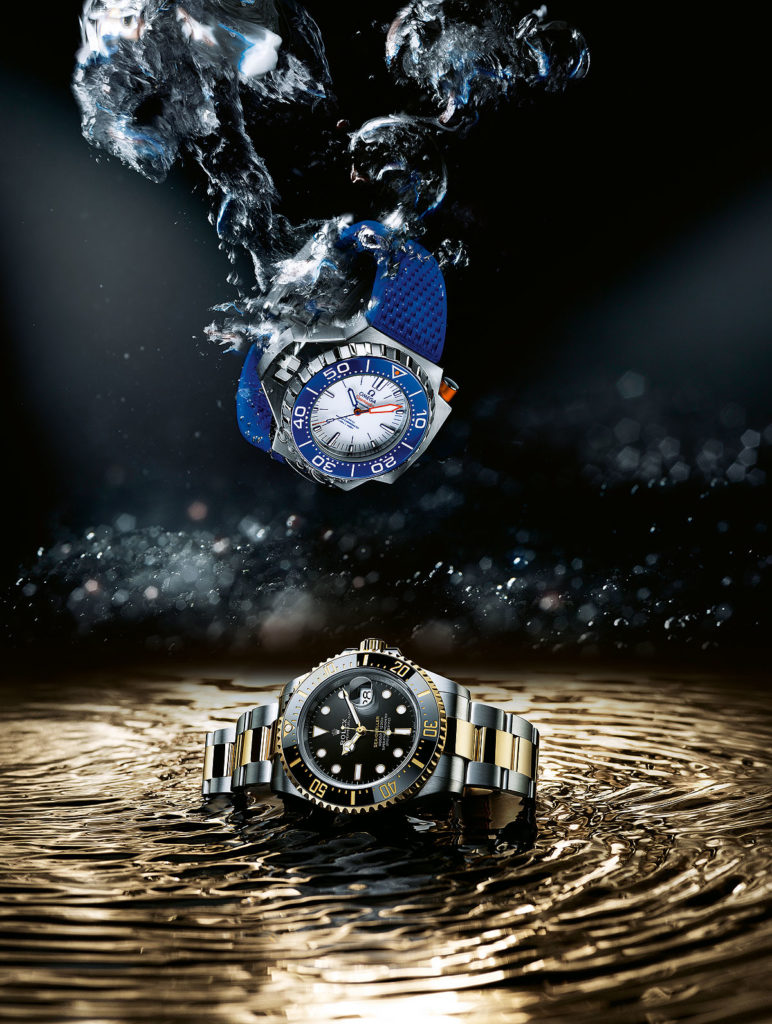
Above: Rolex’s Sea-Dweller with helium-release valve in a bicolor version ($16,600).
Professional Models
Rolex’s Sea-Dweller and Omega’s Seamaster Ploprof compete with each other in the field of highly pressure-resistant watches. The Omega withstands pressure to a depth of 1,200 meters below the water’s surface; on paper, the Rolex can plunge 20 meters deeper to 1,220 meters (not taking into consideration the additional safety reserves that both watches offer).
The Ploprof costs $9,700 with a steel case and bracelet and $12,600 in titanium. The price for the steel Sea-Dweller is $11,700, which is close to the price of Omega’s titanium model. But Rolex has an ace up its sleeve with the Deepsea, which costs only $900 more at $12,600, yet resists pressure to 3,900 meters. For this purpose, Rolex developed a special case system, in which a ring made of particularly hard, nitrogen-alloyed stainless steel absorbs pressure. This enabled Rolex to create a case that is relatively slim despite its enormous pressure resistance. So when it comes to extreme watches, Rolex defends its leading position (if we’d add the brands’ experimental dive watches, the Seamaster Ultra Deep and the Deepsea Challenge, Omega would win in this category, but we’ll get to these two watches in a minute).
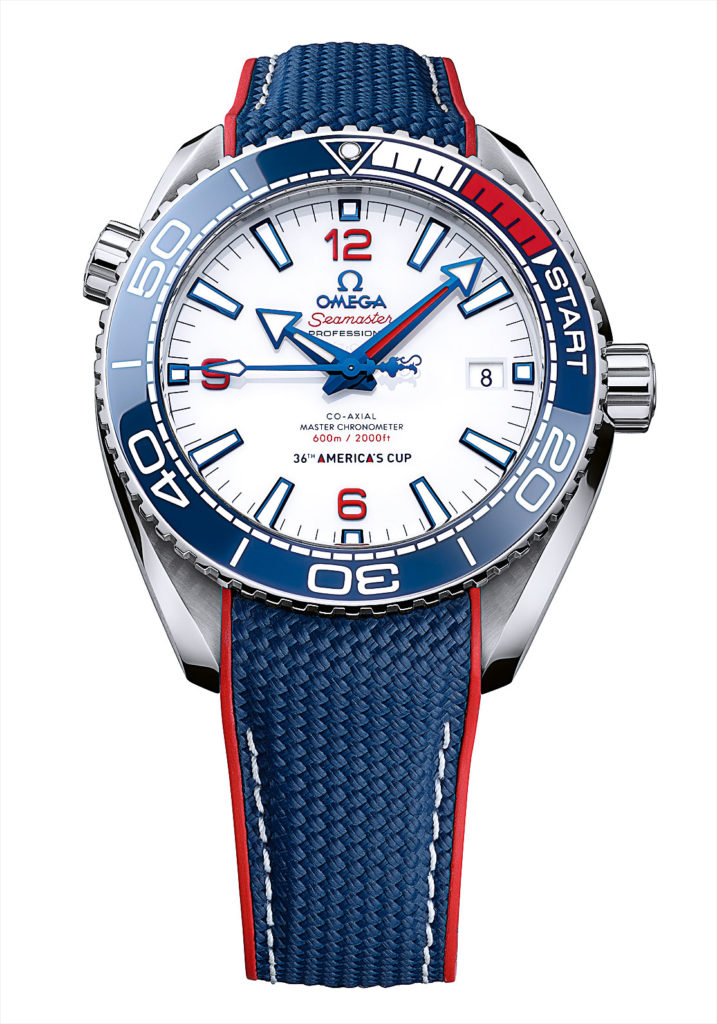
Special Editions
When it comes to special models, Omega can draw on a wealth of resources. This brand has produced numerous limited-edition watches for the Olympics, the sailors of the Emirates Team New Zealand and film super-spy James Bond. Rolex offers the Submariner with a green bezel and the Deepsea with a color gradient on its dial, but these are not limited-edition watches. If you want a rare variation of a Rolex dive watch, you have to buy extremely expensive historical pieces. Omega has more to offer here.
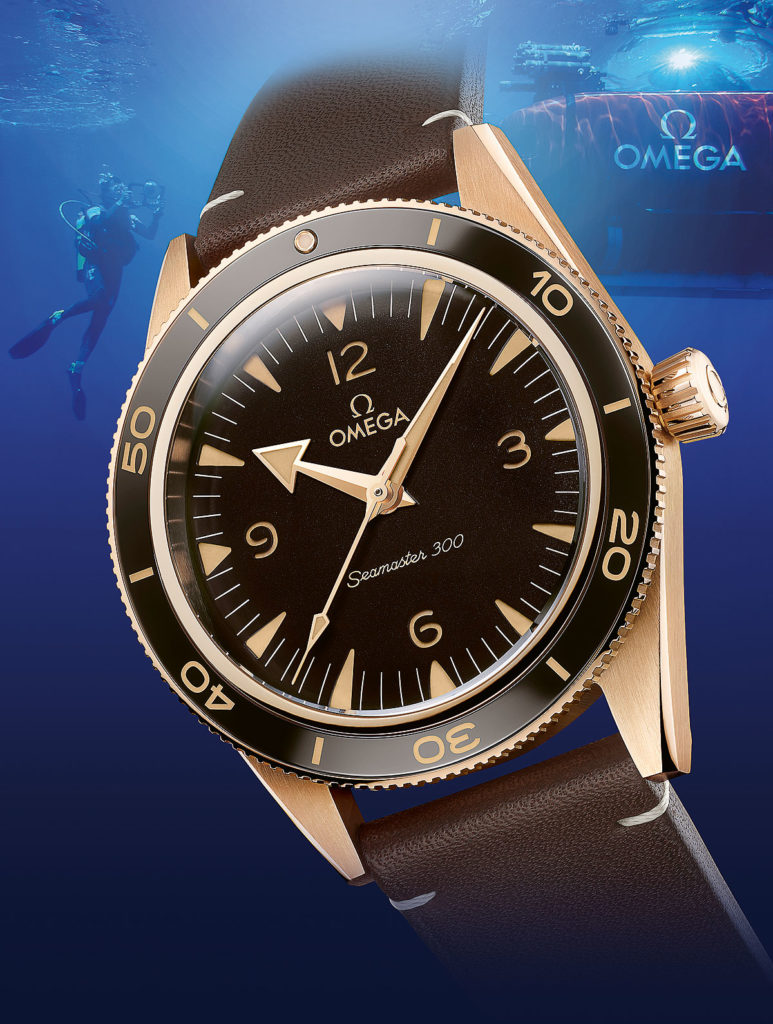
The Movements
Since last year, Rolex has only used two different in-house movements: the 3230 without date for the Submariner and the 3235 for all other dive watches. Both offer 70 hours of power reserve. Omega relies mostly on calibers from the 8000 series and chronograph movements from the 9000 series. These feature Omega’s efficient co-axial escapement and a 60-hour power reserve. Rolex’s calibers have proven to be extremely robust and precise, but Omega’s movements achieved better average rate values in recent tests. Furthermore, Omega went to great lengths to develop comprehensive protection against magnetic fields without a soft iron inner case. Thanks to antimagnetic components in the movement, magnetic fields cannot impair the rate accuracy, so Omega can, and almost always does, install a glass back. Rolex is also constantly improving its movements. Here, both manufacturers are at the same high level, with Omega offering a nicer finish on its movements.
Current Projects
In 2017, Rolex supported the “Under the Pole III” expedition, in which divers explored the ocean beneath the polar ice cap and off the shores of Antarctica. The brand also participated in the Deepsea Challenge in 2012, when filmmaker James Cameron became the first person to reach the deepest point in the sea since the 1960 expedition, which was also supported by Rolex. In 1960 and again in 2012, the exterior of the submersible carried a Rolex concept watch that had been specially developed for this ordeal: the “Deepsea Challenge” is pressure resistant to a depth of 12,000 meters. The developers of this deep diver were able to use the Ringlock system of the Deepsea model and thus achieved wearable dimensions of 51.4 mm in diameter and 28.5 mm in height. As a tribute to this expedition, the Deepsea model was given a “D-blue” gradient dial.
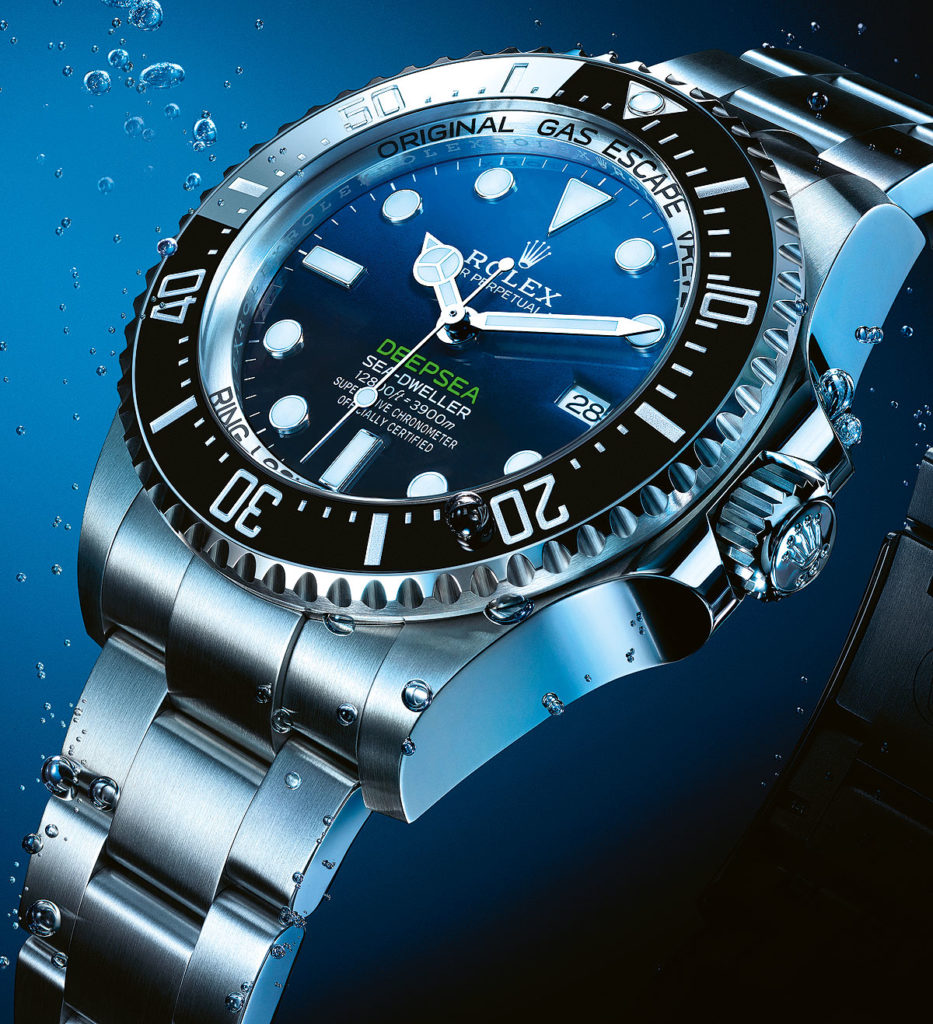
In 2019, Omega followed Rolex’s example and sent a wristwatch into the Mariana Trench. Developed expressly for this purpose, Omega’s Seamaster Planet Ocean Ultra Deep Professional reached a record depth of 10,925 meters on the exterior of the “Limiting Factor” submersible owned by the extreme adventurer Victor Lance Vescovo. Omega built only three pieces of this 55-mm-diameter and 28-mm-tall watch. None of the three is for sale, and all survived the immense pressure intact.
Omega also supports the Nekton Foundation, which is dedicated to protecting the seas, and has created a special model of the Seamaster Diver 300m with a likeness of the Nekton submersible on the caseback. So here both brands are working hard to outdo each other.
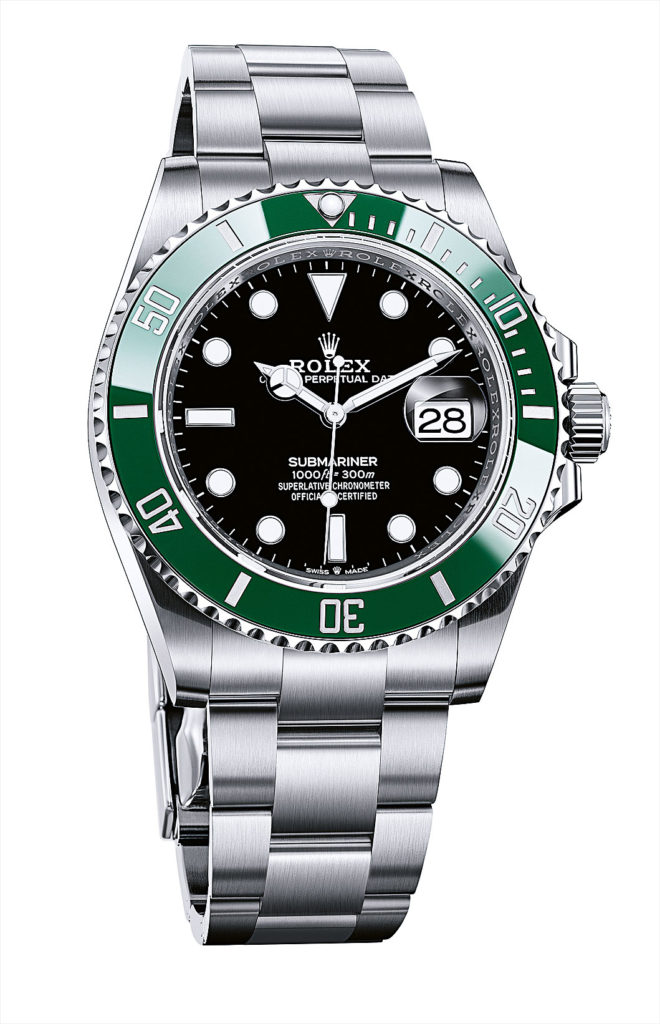
James Bond
Author Ian Fleming specified in his novels that secret agent James Bond wears a Rolex. The divers’ watch from the brand appeared on the agent’s wrist in the first seven James Bond films. After an interlude with Seiko’s ultramodern LCD watches, Bond returned to the Submariner in License to Kill (1989). Omega was a partner in the eight 007 films that followed, so various Seamaster dive watches accompanied James Bond. Omega also ran numerous ads to heighten awareness of the brand’s association with James Bond. The secret agent is once again wearing an Omega in the most recent James Bond film No Time to Die. Omega has released two special models to celebrate the film’s debut. Omega is following in Rolex’s footsteps here.

Conclusion
All in all, it’s obvious that each brand has its own specific strengths. Rolex came up with the helium-release valve, Omega with the Ploprof. Rolex sent its watches to the deepest trenches of the ocean’s floor earlier, but Omega has gained ground in recent years,especially with its co-axial movements with built-in protection against magnetic fields. In addition, Omega’s image has been enhanced by the presence of its watches on James Bond’s wrist. While Rolex impresses with the highly pressure-resistant and ingeniously designed Deepsea, Omega offers an enormous variety of dive-watch models.
This article originally appeared in the September-October 2021 issue of WatchTime.

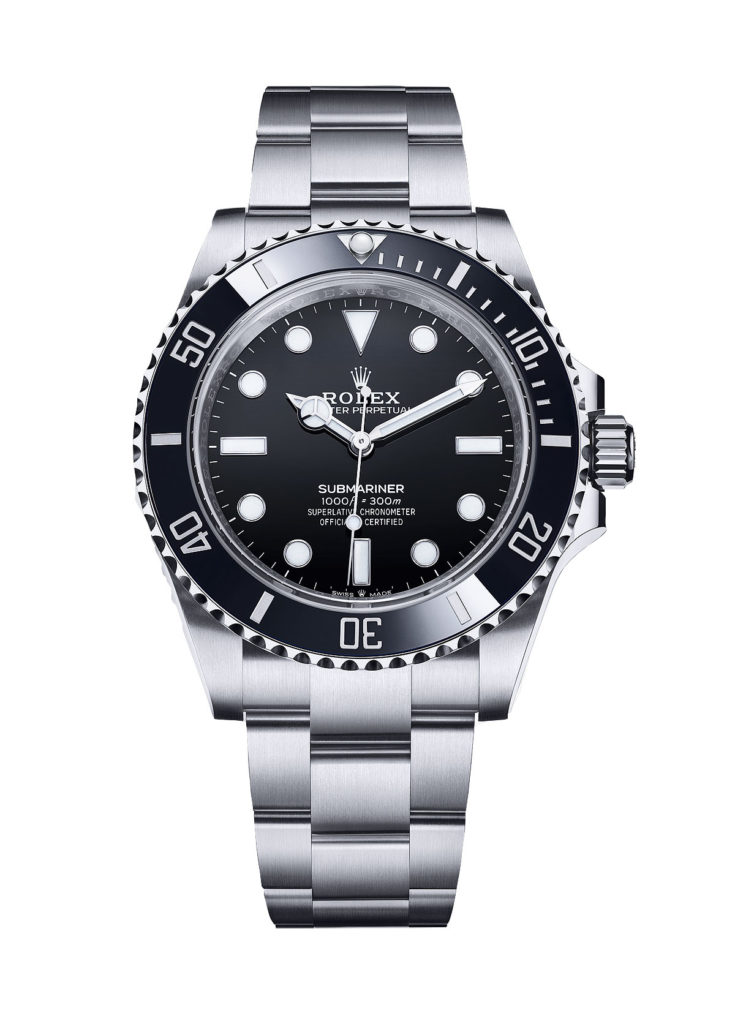
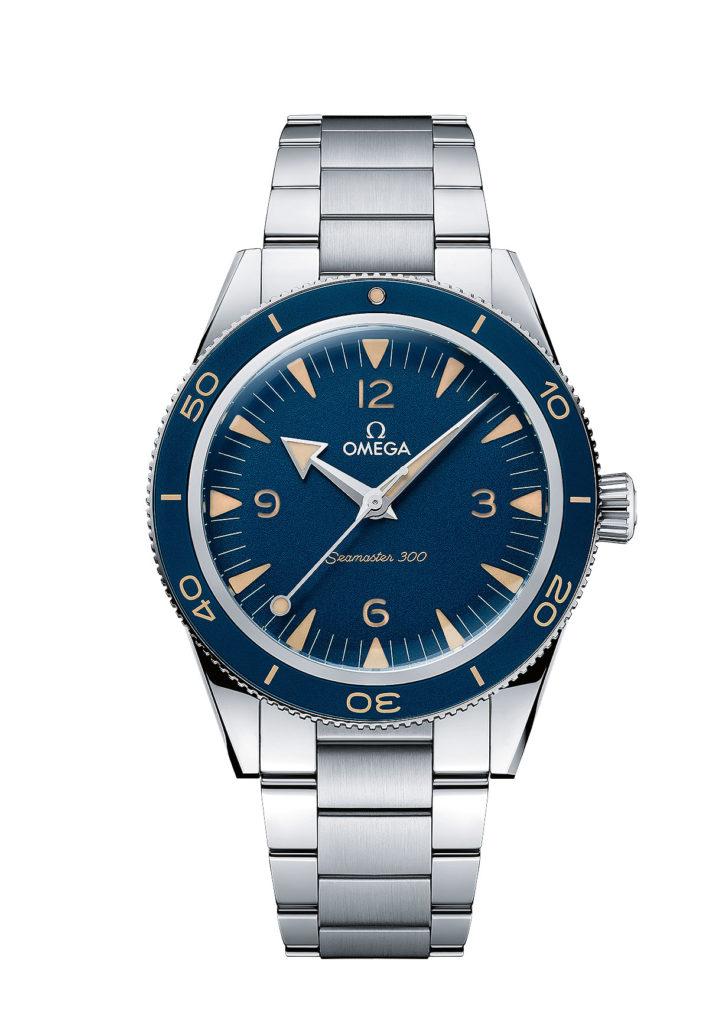



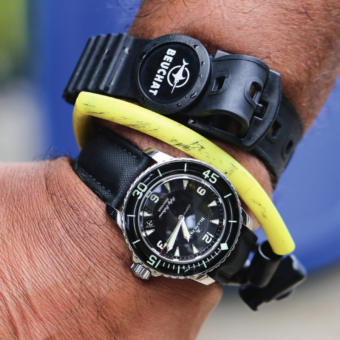
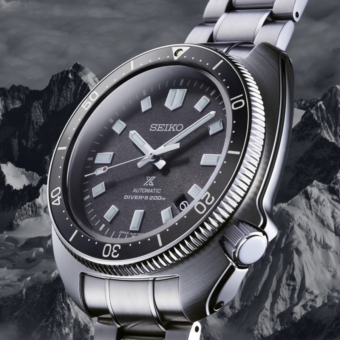
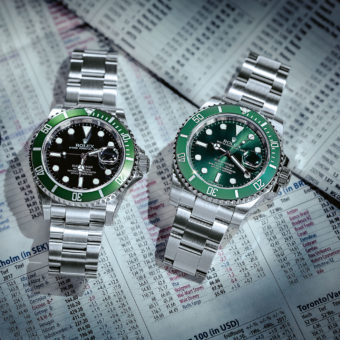
as a matter of fact let’s be honest. at this price points and quality everything whirls around taste and affinity. the best policy is to have the collection from both models in every category. so no more arguments, cheers
For all the Omega lovers out there who think their watches are comparable with Rolex – you are dreaming.
Omega now has lost ground to Cartier as in now Number 3.
The reason I think this is the case is because Omega just don’t have a “look”.
With the exception of the Speedmaster, Omega keep chopping and changing their look to get new sales and are going nowhere….
No one in the luxury market buys a watch to tell the time. This is fact..
Rolex have stomped over every watch brand in Switzerland except for Patek because they do a completely different style of watch…
For all other brands – game over.
at the end the only variable crown cattle use is resale crápula, buy a watch for what it is and represents, omega outperforms rolex by far…
You cannot compare the no date sub to the PO, depth rate is double, caliber is much more accurate technical and robust.
Have both. Don’t favor one over the other. The planet Ocean is bigger and has a sapphire see thru back which I enjoy and for the life of me don’t understand why Rolex can’t show off it’s engines. Seems silly they don’t. We all like to look under the hood. So for me it’s the Omega by a hair.
As a female diver, Rolex has no watches that fit my wrist, with their smallest at 41mm.
Thus, OMEGA all the way!!!! I own the 37.5mm Seamaster and 37.5mm Planet Ocean. I also own a 38mm Breitling.
Rolex obviously cares not for female divers, so I have no interest in Rolex.
So who wins? I think currently Omega.
This article doesn’t mention that Omega went deeper than the Rolex, and at the five different deepest points that exist in the globe, that one of the Omega divers that was attached to one of the deep dive robots stayed 2-3 days at a 10,000+ meters because that robot failed, and the watch had to be recovered at a later dive, and when recovered, the watch was running flawlessly. If the author wants to be discussing technicalities here, he needs to mention those facts. He is not telling the whole story, looking as a pure amateur writer…….
How about adding the UTS 4000 to the test?
Omega is Nicer and Cheap
I would argue that Omega has certainly gained the “most advanced” award when it comes to ultra-deep timepiece technology. It wasn’t mentioned, but the Omega Seamaster Ultra Deep Professional was tested successfully to 14,000 meters, and one of the three watches has now successfully been to the bottom of Challenger Deep 10 times (10,935 meters). No Rolex has ever made the journey more than once.
I know. I took it there each time.
Interest in Rolex Deepsea D-Bllue. Please tell where to buy. Thanks
you forgot to mention Rolex is an investment, were as Omega is not
You neglected to mention the increased accuracy and superior power reserve of the new Rolex movements. These are both significantly better than the Omega movements. Will be difficult to surpass by any brand. 70 hours reserve and +/- 2 seconds per day.
I would like to see a dive watch comparison that includes other dive watch brands such as the Doxa Sub, Citizen, etc.
Rolex
Rolex are rubish i bout in 2008 submariner from rolex authrised dealr &stoped working aftar 2months&they replsed with same model steel&gold model 16613 &was the same nevr kept right time.stil have in my bed room usles
For your consideration..May I propose the Oris Aquis, an all around better watch/ value. For the savings you can sport your Oris in an MG drop top.
Works for me
I purchased my Planet Ocean 5 years ago and treat it like a G-Shock wearing it no matter what I’m doing ,diving ,mowing lawn,climbing the mast on the Star Clipper in Thailand etc***,It looks great apart from a few scratches on case,it gains about 3 1/2 sec.per day,I love it!!!
I absolutely love them all.
One day I will own them.
Omega offers the greater value for the most part as well as the most options. This should be evident to all but the most blind fans of Rolex.
I hemmed and hawed over the Omega versus Rolex debate for a few years and ended up buying a new blue Seamaster 300 with caliber 2500 in 2015 while on vacation in the Caribbean and then opted for a pre-owned ’06 Sea Dweller 16600 w/B&P a year later. I love the size and fit of the Omega and when I had a chance to compare a 40mm Sea Dweller to a Submariner on the wrist, I fell for the Sea Dweller. I like the added thickness and heft.
Not sure what the point of your “article” is here. One watch brand makes their watches unavailable and the other brand’s watches are obtainable. Other arguments aside, there’s no comparison in real life. That you people try to make one in the face of reality is goofy. Manufactured scarcity ruins any point of comparison. It only serves to hype demand and further the shilling taking place.
Well said!
Totally agree. The almost zero availability of Rolex most advertised added to a good number of key quality differences (e.g. bracelet, clasp, etc) make Omega the choice. I think it’s time people opened their eyes and accept Omega as a most innovative Brand at the most affordable and fair pricing